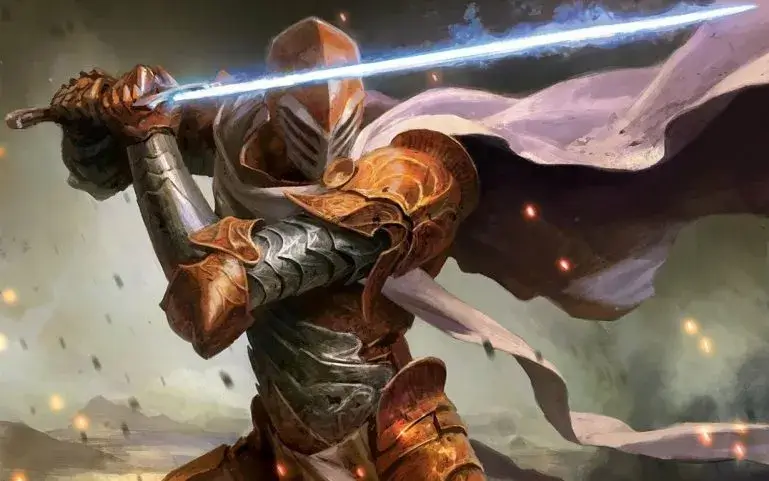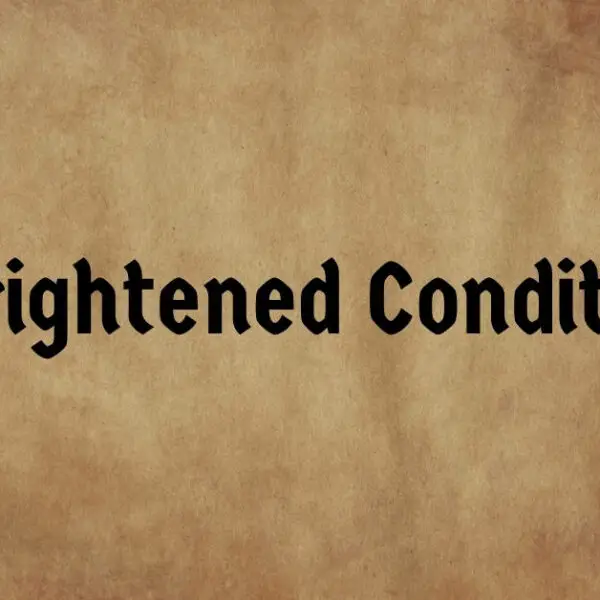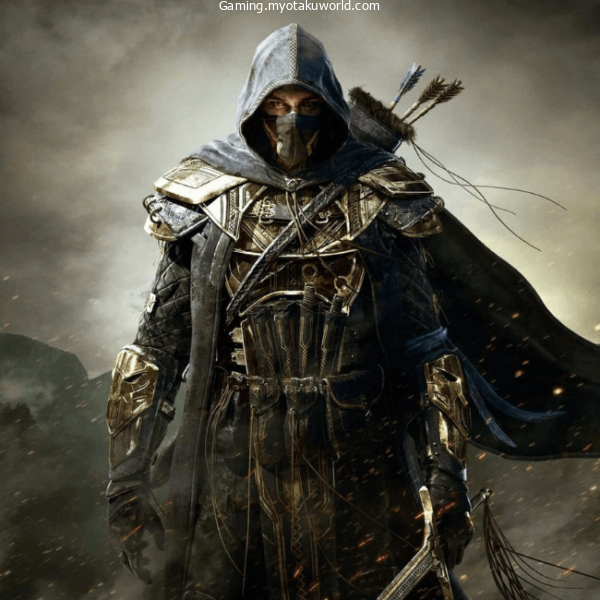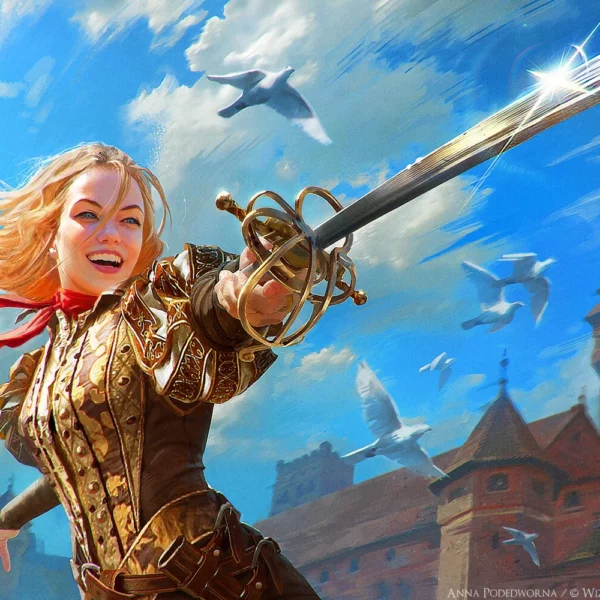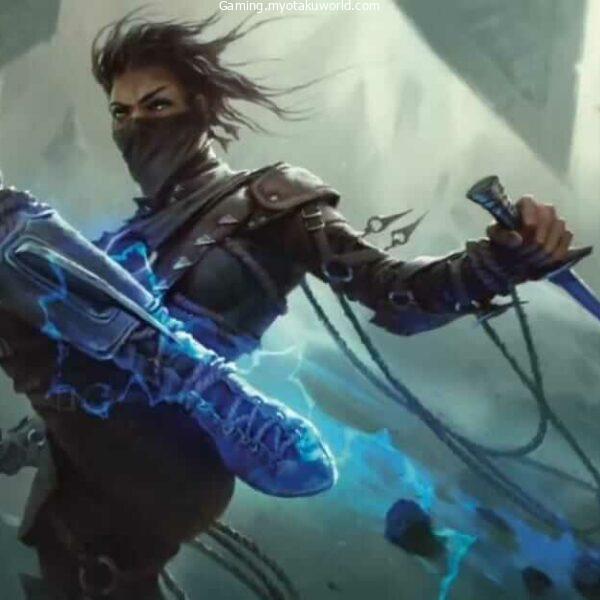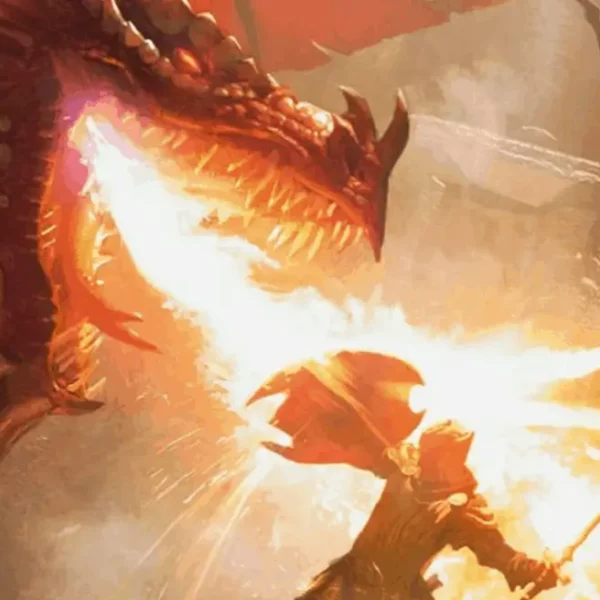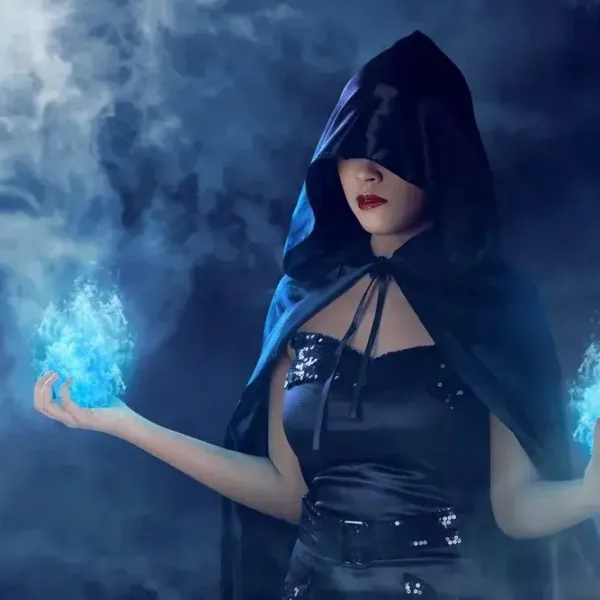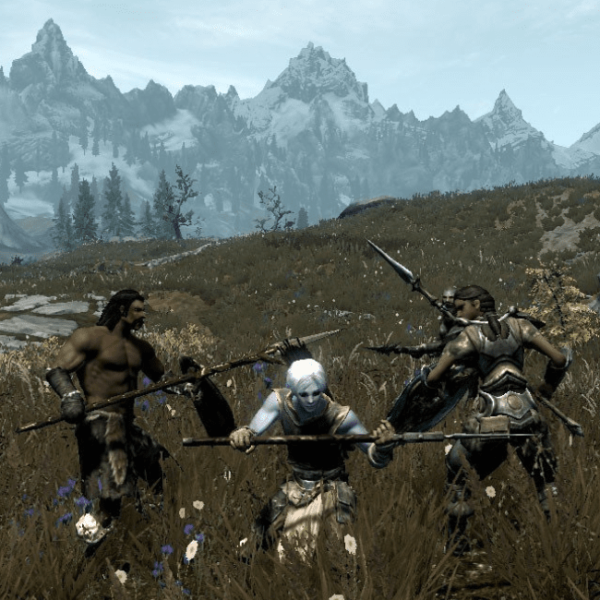Swords! Let’s begin with a fact. The sword was the greatest weapon in history. A sword is the best weapon in history.
But a big one is better! When it comes to D&D weapons, size is important.
You may need something worthy of war if you plan to go into dark dungeons and fight your way through orc-filled battlefields.
We are not talking about the great blade. But we are discussing the versatile middle brother, the longsword.
Ambiguous origin
The term “longsword” is used to describe a type of late Medieval or Renaissance European sword with a double-edged blade, cruciform grip, and double-edged blade.
This term can be ambiguous. It refers to many different swords from medieval Europe with unique characteristics such as their origins, periods, and physical characteristics.
The bastard sword is the best term to describe DND’s weapon. In reality, the longsword had two-handed capabilities, while the bastard blade was a one-handed weapon that could be used with either one or two hands depending on the circumstances.
We will soon learn more about the weapon’s mechanics and the reasons why it might be better referred to as the “longsword”.
Even if this is true, DND has used the term “longsword”, which has been stable since the first edition.
It has mostly the same characteristics as the original: A sword that can be held in one hand, but works better when it’s used with two.
Remember that you can talk to your DM to modify the flavor of your weapon, even if it is for the term “longsword”.
You could, for example, use the mechanics of a longsword but say it is a katana.

Breaking down the rules
The PHB page 149 contains the table that lists all weapons available under the DND basic rules.
The longsword is a Martial Melee Weapon that deals 1d8 slashing and has the Versatile (1d10) properties.
Keep in mind that the battleax and longsword are mechanically identical so all of the information we will discuss here also applies to them.
Except for the slasher feat and the specific resistance or immunities of the monster, Warhammers simply change the damage type.
The longsword has its limitations
It is a Martial Weapon and requires a specific training program to properly use it. This means you will need to add your proficiency bonus to the attack roll.
Fighter, Paladin, Rangers, and Barbarians are all classes that can benefit from their training. However, Rogues and Bards are proficient in longswords.
There are also subclasses that give proficiency in Martial Weapons, such as Bladesinger for Wizards, Hexblade, Warlocks, and Bladesinger for Warlocks, War, Tempest, and Twilight Domains for Clerics, Kensei, Battle Smiths, for Artificers, etc.
You can also gain proficiency with certain races/subraces like High and Wood Elves, Hobgoblins, or Goths. You can continue the list with each book.
We can all use longswords, as we can see. But let’s take this sword out of the stone and see what we have.
You use your strength modifier to attack and damage. This is true for all melee weapons that do not have the finesse property.
Even if they have mastered the longsword, some classes and subclasses rely on their ability to boost ability scores and AC.
How to properly use a longsword?
Is time for some mid/maxing. Longswords are known for their adaptability. Although their damage is great for one hand, it’s even better when they are used with two.
This is the time when we have the chance to make a choice, and the heart of the longsword is where we do it.
Let’s do some exercise. As you guide your group through a difficult dungeon, the big treasure is just ahead. But Wait! But wait!
To maximize your damage, you’ve been quickly chopping through all the kobolds. This lizard isn’t a small one, and it could wipe out your party.
Stand firm. Grab the shield from your back, giving you a +2 AC. Now fight with your sword and board style at the front.
Some damage will be lost. You have been using the versatile weapon feature to attack with 1d10 for each slash.
Now it’s reduced to 1d8. It’s a fair trade considering you get some good AC in return.
Useful variations
The longsword is an effective weapon if it’s used properly, as you can see. Sometimes it may need a little extra boost.
It is not possible to cut everything down in the same way. Some monsters have resistances to or immunities that can slash damage.
This means they can negate or halve the damage caused by weapons of that type.
Most resistances can be easily overcome if you have a magic weapon. If your DM does not give you a +1 longsword there are still other options. You can defeat monsters that resist silver bathing your weapons in silver costs 100 GP.
An artificer can be added to your party who can magically infuse your weapons. Certain classes and subclasses have magic abilities that allow them to count their attacks as magic.
For example, the Paladin with the Sacred Weapon channels divinity, or the Kensei Monk with his Magic Kensei Weapons.
It’s time to build!

This is the most important aspect of the guide. This is the most important part of the guide. It tells us what character will benefit from this weapon.
Or, in other words, how can we make the longsword’s versatility work to its full potential. This is why we’re looking at classes, subclasses, races, and feats that could work with the sword and board. It’s the best way to use a longsword.
The Bodyguard
Tasha’s Cauldron of Everything was a great addition to the game. One could add more Battlemaster maneuvers and whole “presets” of characters.
The Bodyguard fighter build is ideal for stopping your enemies with the Protection and Interception fighting styles.
You can also use the feat Alert to move quickly and Sentinel in order to stop your foes from being stopped. To be more strong, you can choose a Half-Orc race.
Your DM will love and respect you…
Just Paladin
Paladins are a powerful class and fit well with the defender playstyle. Like the Bodyguard, choose the protection fighting style to protect your allies and remain on the front line as much as possible.
Paladins are able to use a scary little thing called Divine Smite, which is a big difference from fighters.
Although you may not be as protected as the fighter variance, you will be more dangerous to your foes. You can add the Vengeance Paladin subclass to your crit list with Vow of Enmity.
Conan, the barbarian
It is very helpful to inspire yourself with a classic. Barbarians don’t need armor, they are the armor. You can give him a longsword, and you will have Conan.
The shield could be used, but it is possible to modify it a bit. We will choose the Human Variant and then pick the Dual Wielder Feat.
This gives you the option to use two longswords to attack each turn. At the fourth level, you can choose the Fighting Initiate feat by Tasha to gain Dual Weapon Fighting and increase the damage. This looks better with axes but is mechanically the same.
Other options
It is important to remember that even though the character may be weaker mechanically, you should still make it you’re favorite.
Longsword users can also benefit from Hexblade Warlocks and Clerics, but choose the one you love the most.
You can choose to be a College of Valor’s Bard who uses some of their strength rather than dexterity or a Rogue who wants to be closer in battle with swords and shields.
While they will be suboptimal, DnD allows you to create the character that you desire.
Your weapon can inspire you

These are just a few ideas to help you role-play longsword users.
History has many great longswords
William Wallace used the “Wallace Sword” to fight the British during the First War of Scottish Independence.
A powerful, balanced, and strong two-handed longsword. Your PC might be a liberator who uses the sword to free his people.
The “Writhen Hilt Sword” (or the “Writhen Hilt Sword”) is a magnificent masterpiece whose origin is not known.
Your character could be an archeologist who finds this weapon on one of his expeditions. He’s now trying to discover his true origin as he is seduced by its beauty.
The Joyeuse is believed to be Charlemagne’s sword. It is covered with joules and was used in ceremonies for a long period.
Perhaps your character is an Oath-of Conquest Paladin who wants to be a legend in his world.
Fiction and Mythology
“Excalibur” is probably the most well-known sword in history. While some depict it as a greatsword, most people think of it as a longsword with magical abilities.
Your character will find the powerful artifact hidden in a rock. He holds the ability to do extraordinary things and grants his user the title king.
All Game of Throne fans, I presume you are aware of the importance of Valyrian Steel Swords. The two swords that were made from “Ice”, the greatsword created by Ned Stark are Widow’s Wail (and Oathkeeper).
While the first was a child with a lot of problems, the second is a sword that has been mastered by the best swordswoman on the continent.
Perhaps you are a strong, imposing woman with unbreakable words and strong bonds. Your sword was named after a promise you kept close to your heart.
Everyone who watched Dragon Ball Z will agree that Trunk’s Sword, “The Brave Sword”, was one of the coolest perks.
Perhaps your character is already powerful, such as a sorcerer. His swords help channel that immense power.
DND magic swords
The +3 swords of the “Holy Avengers” make them particularly effective against undead and fiends.
The most well-known examples of longswords are the “Crusader”, the “Hill Cleaver”, and “Pale Justice” longswords. Your classic Paladin, ready to fight against the most horrible creatures in the universe.
The “Flame Tongue”, and “Frostbrand” are two classic swords from DND. A blade can be attached with elemental power, which is simple but powerful.
You might enjoy burning or freezing your enemies to death. Talk to your DM about one of these.
We can’t leave the game without one of its most powerful items. The “Vorpal Sword” Simply chop your heads. This is the sword Alice uses against the Jabberwocky.
This Item is legendary so it won’t be seen until the end of the game. However, it can make for an interesting adventure to search for it.
FAQs
What does a longsword in DND cost?
The cost of a longsword costs 15 GP, as stated in the PHB Page 149. It can be used as your starting equipment, depending on which class you choose. You can also use the Starting Wealth By Class system to buy it.Remember that you can change your weapon during the campaign if your current one is not working for you.
Can I use two Longswords in DND5e?
The short answer to this question is yes. Keep in mind, however, that the longsword does not have the light property. To make it useful, you would need to use the dual wielder feat to attack your off-hand with the bonus action. You can’t increase your strength modifier unless your class has the two-weapon fighting type.Although it’s not easy, you can do it. However, you would not be able to use the versatility property of the longsword or use a shield.
Can I use dexterity to attack with a longsword using my dexterity?
Short answer: No. All melee weapons have the strength to attack and damage rolls. Only melee weapons with the finesse ability can use dexterity.
You could also find a magical longsword or a special type of longsword with the finesse ability. This would depend on the campaign and DM. Talk to your DM about something similar.
